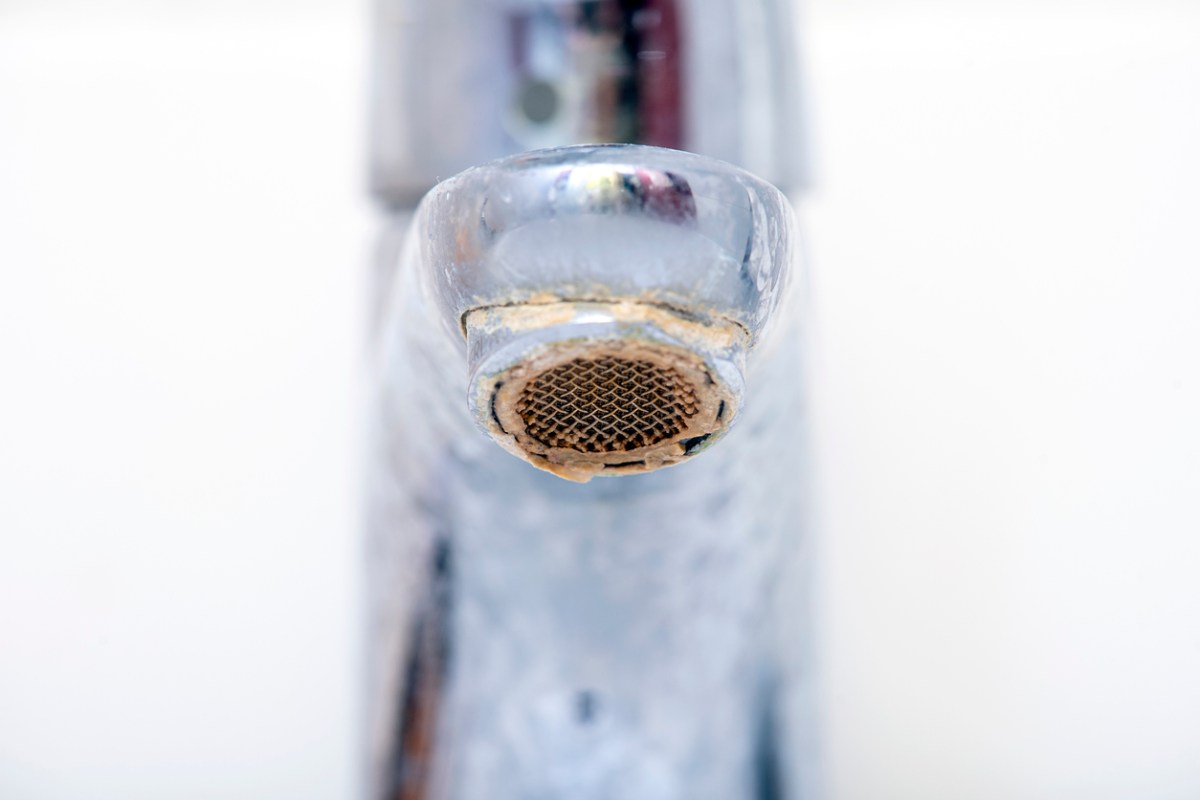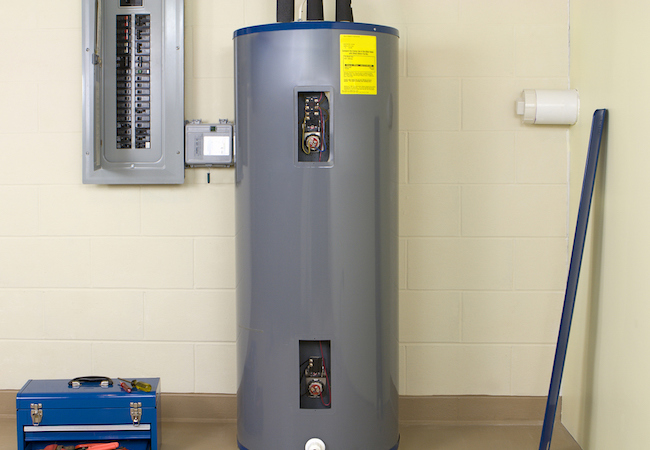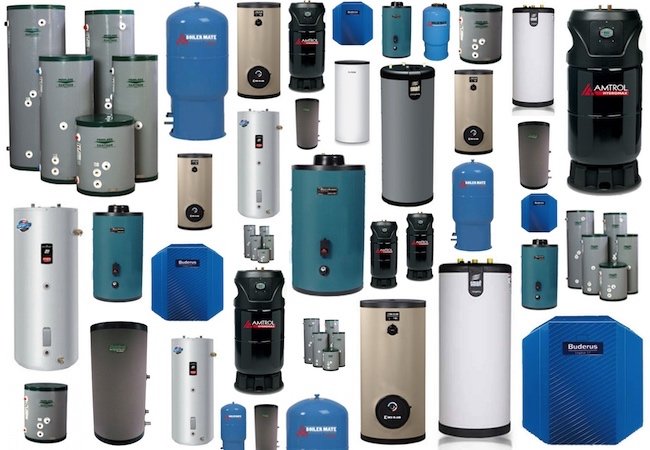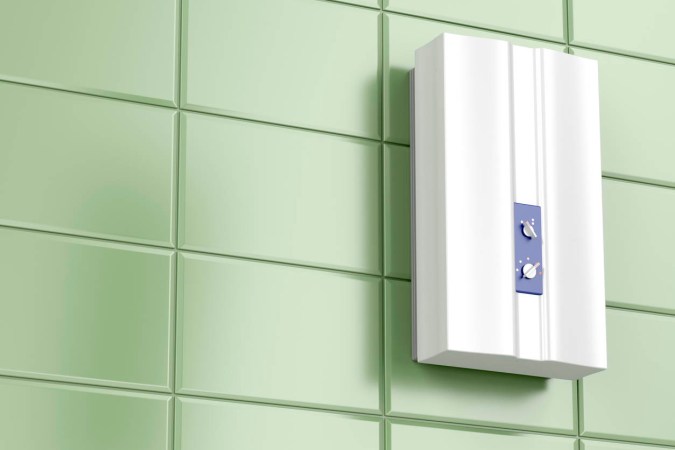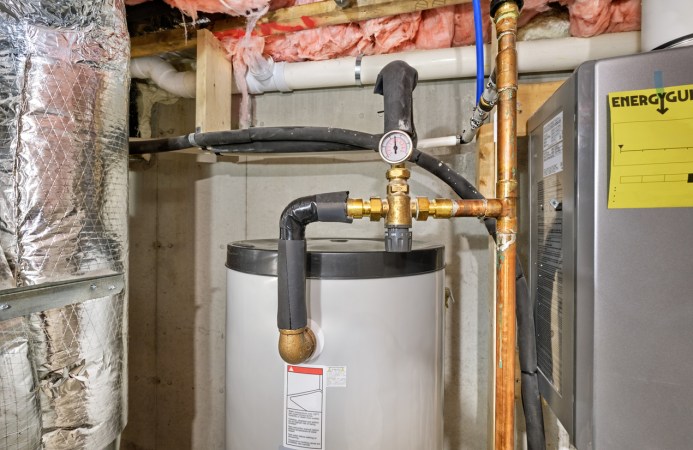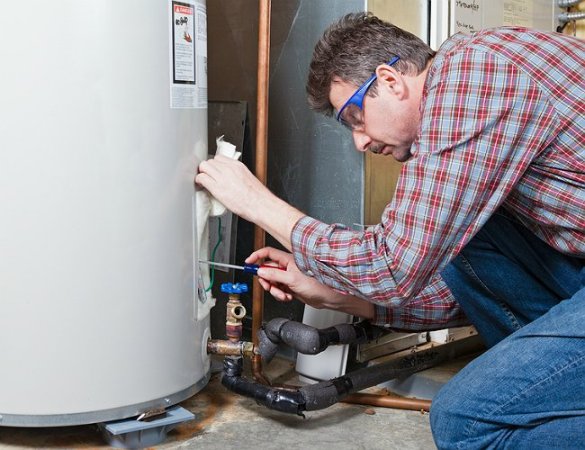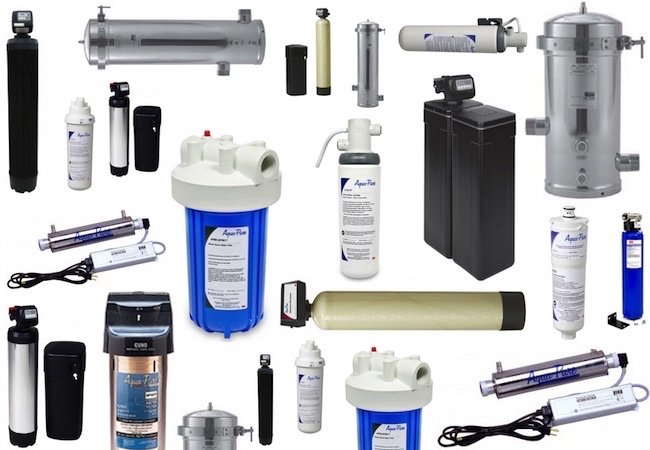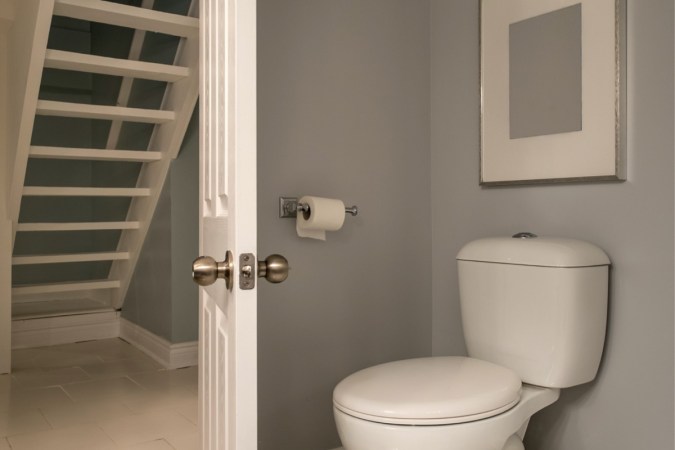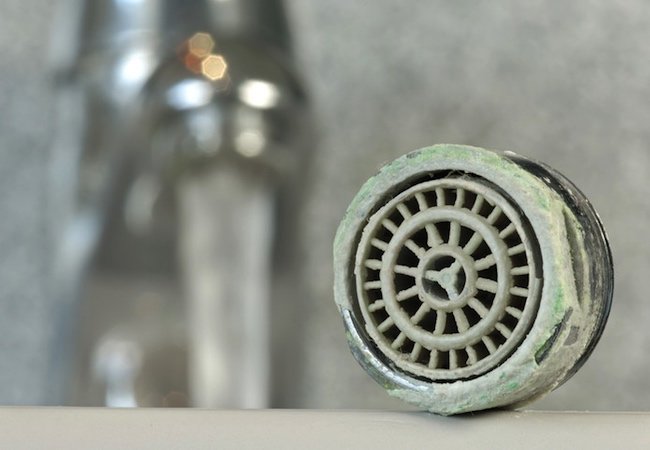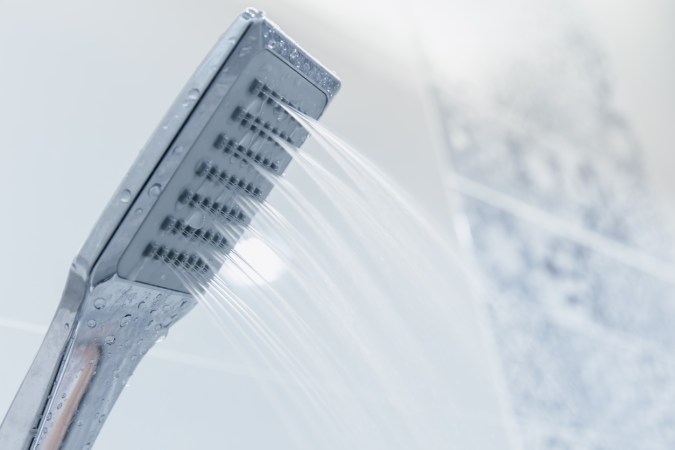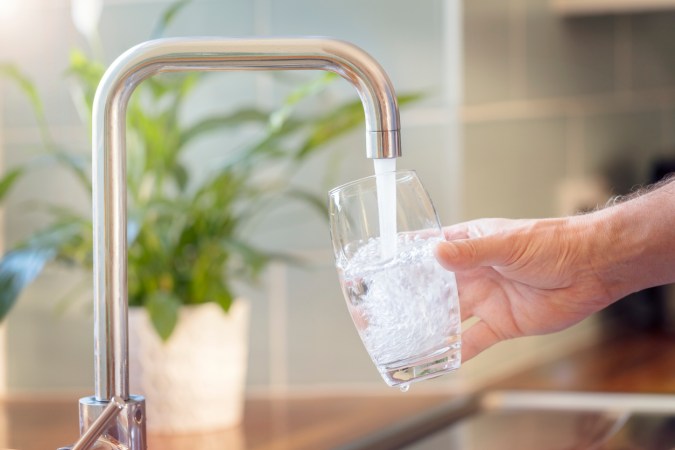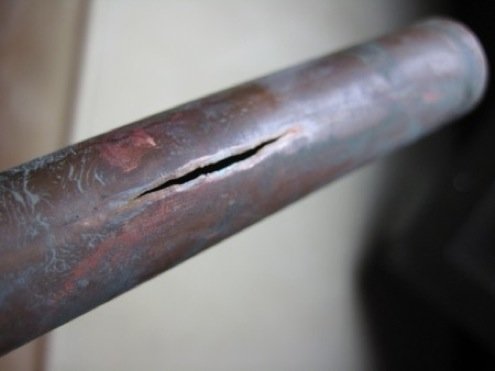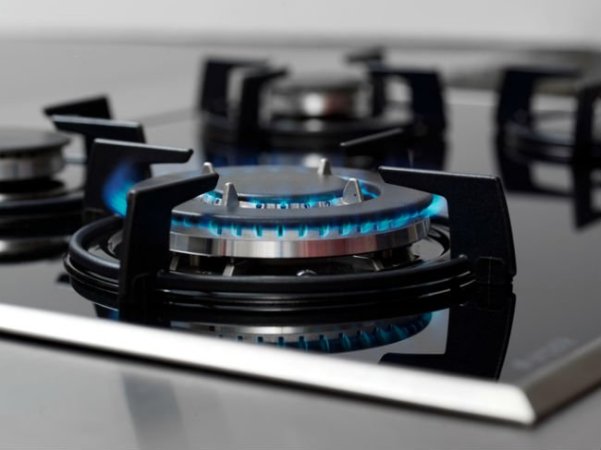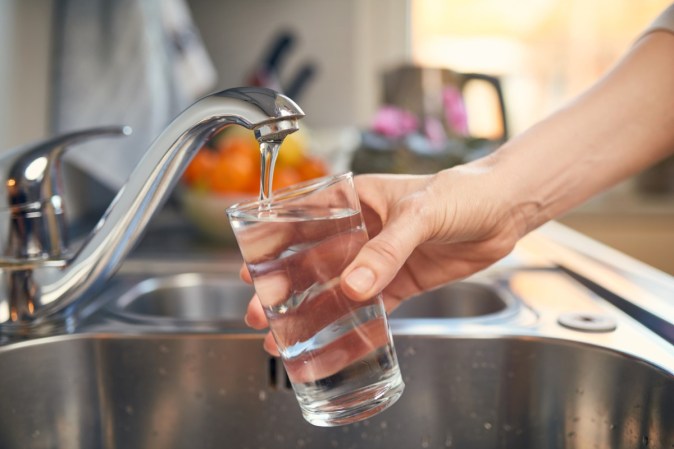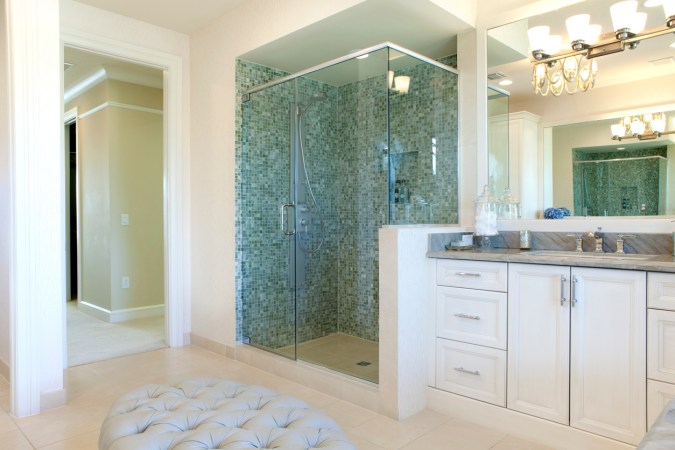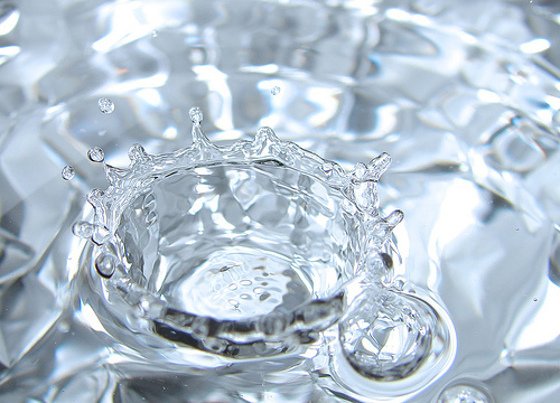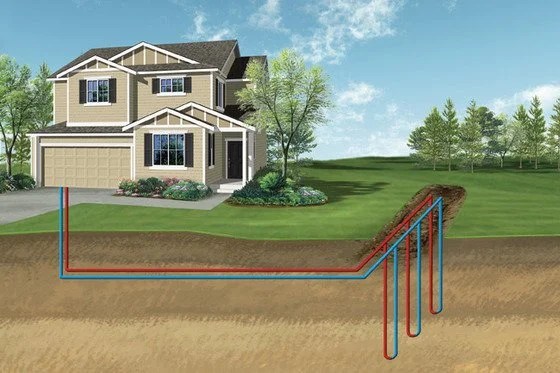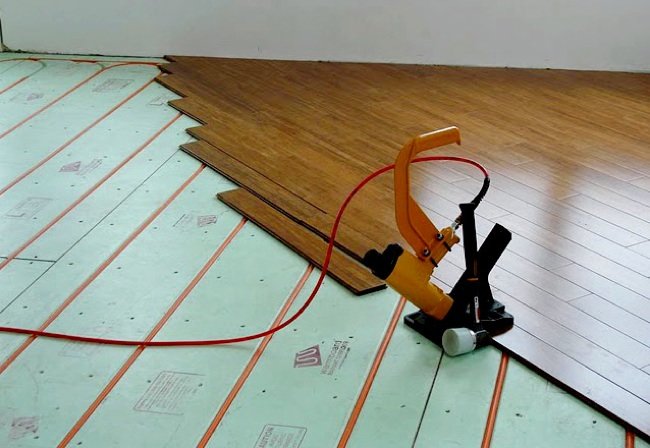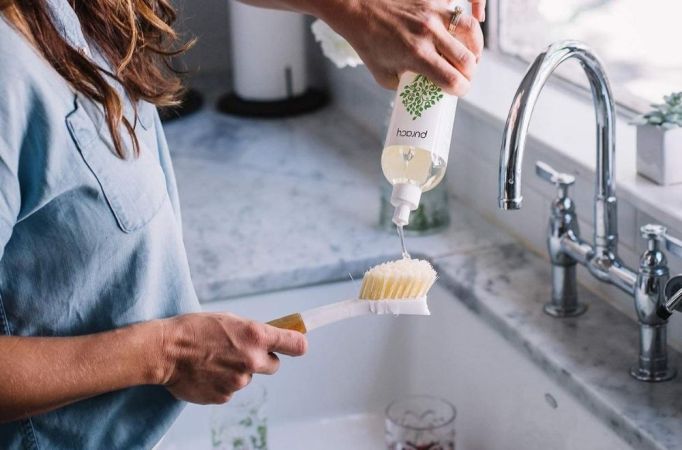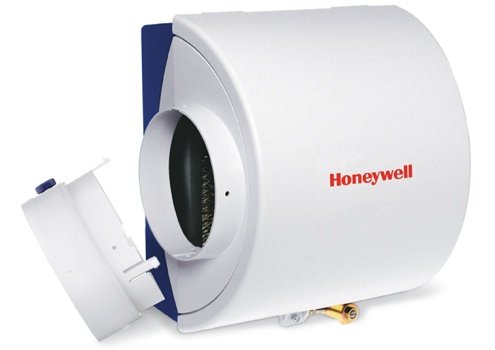We may earn revenue from the products available on this page and participate in affiliate programs. Learn More ›
While ensuring quality drinking water in the home is a good start, that’s only the beginning. Water quality affects your quality of life as well as the devices and fixtures in your home that use water.
What Is Hard Water?
Results from the U.S. Geological Survey indicate that 85 percent of American homes are supplied with hard water. Hard water contains dissolved calcium and magnesium ions, commonly called “hardness minerals,” which can cause numerous problems and are usually contained in water from a well or a municipal water utility.
Water hardness is typically measured in “grains per gallon,” an indication of the quantity of dissolved calcium and magnesium. In amounts as small as one grain per gallon, water is classified as hard but most homes use considerably harder. Many families choose to soften their water with home water treatment equipment.
How to Recognize Hard Water
Probably the most recognizable symptoms of hard water are soap scum in the tub and shower, and hard-water spots on faucets and fixtures. That’s because hardness minerals react with soaps and detergents to form an insoluble, sticky residue that’s difficult to rinse from bathtubs, sinks, faucets, and fixtures. This soap residue is often left on hair, skin and clothing as well. Although not highly visible in these instances, the substance can cause drying and itching of skin, as well as premature fading and wearing of clothing.
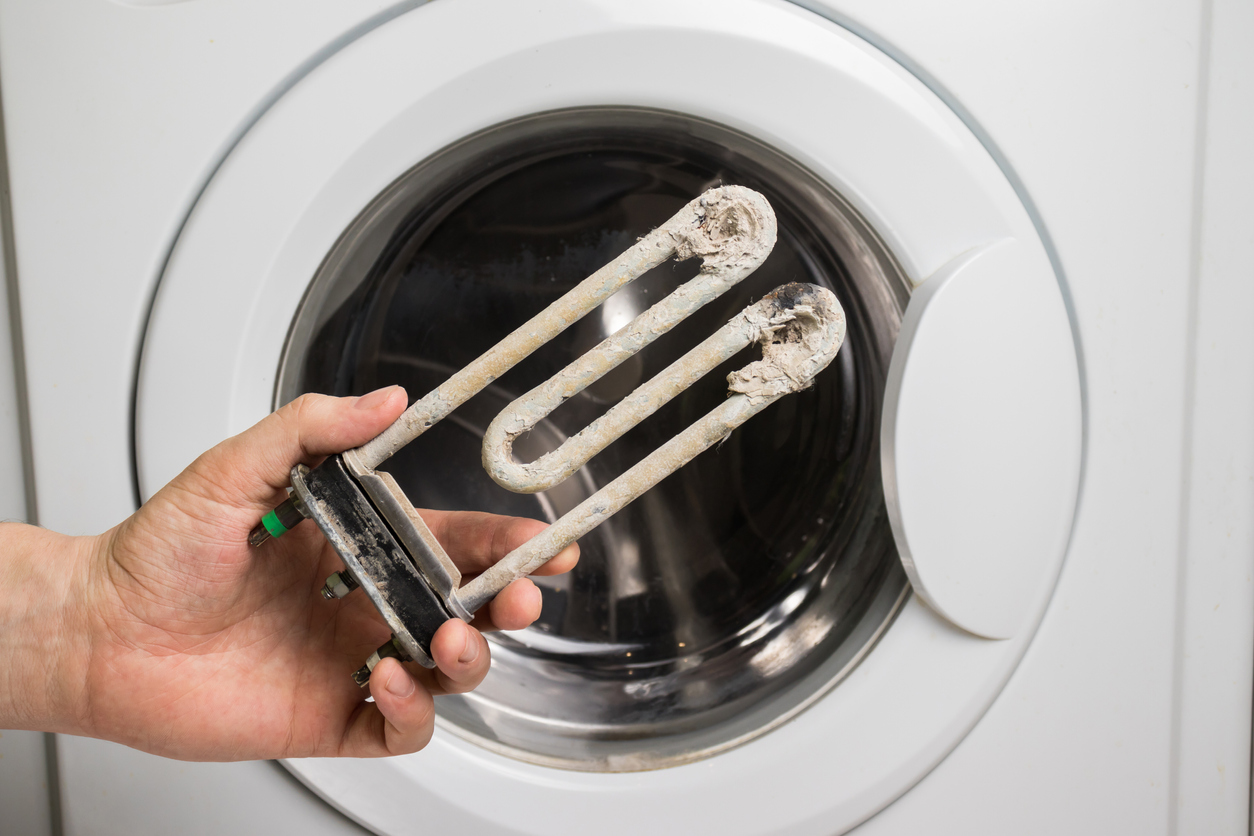
Problems Caused by Hard Water
Hard water can damage a lot more than your clothing. Over time, scale formed from continuous contact with dissolved minerals in water can collect inside plumbing and on the internal parts of appliances, drastically reducing their efficacy and efficiency.
This includes expensive, critical appliances like the water heater. According to a study commissioned by the Water Quality Research Council and conducted at New Mexico State University, water heaters work 22-30 percent less efficiently with hard water, driving up utility bills unnecessarily.
What Is Soft Water?
Soft water is essentially free of dissolved calcium or magnesium. Since calcium and magnesium are not present in soft water, no adverse reaction with soaps and detergents occurs. The result is the virtual elimination of soap scum and the corresponding reduction in time spent cleaning. Hair and skin can “breathe” more readily. And a study by the School of Consumer & Family Sciences at Purdue University found that that the life of clothing and household textiles was prolonged up to 15 percent when they were washed in conditioned water.
Soap usage can be dramatically reduced with soft water. Since the water is already soft, the cleaning agents lather more readily and work more effectively. Since less is needed, households can experience considerable savings on laundry detergent, dishwashing detergent, bath soap, hand soap, shampoo and many other cleaning products. In addition, appliances operate more efficiently and last longer when using soft water.
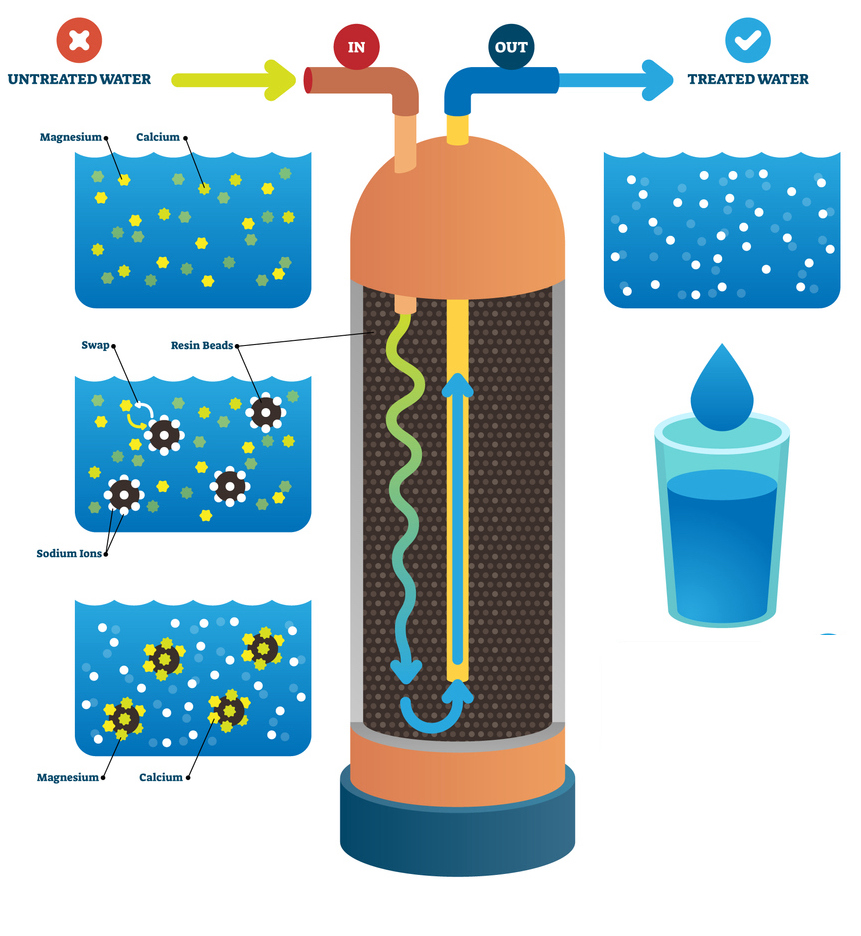
How Water Softeners Work
The basis for most water softening equipment is “ion exchange.” In this process, water is brought in contact with a bed of tiny beads that hold sodium chloride or potassium chloride ions. Then the calcium and magnesium ions “stick” to the surface of the beads, dislodging the sodium or potassium ions.
After the beads are completely exhausted (i.e., covered with calcium and magnesium), a solution is introduced to the system to wash away the calcium and magnesium, and replace the sodium or potassium (a process known as regeneration). After the extra solution is rinsed from the resin bed, the entire ion exchange cycle begins again.
Types of Water Softeners
There are three commonly used types of water softeners:
Single Tank, Electric Timer Water Conditioners
These systems perform all functions automatically, but rely on an electric timer that initiates regeneration at preset intervals (usually every other day at 3:00 a.m.), no matter how much of the system’s capacity has been used. Regeneration can occur too often and decrease efficiency, or not often enough and allow hard water into the home. Since these units typically employ only a single softening tank, only hard water is available to the home when they regenerate.
Single Tank, Electric Demand Water Conditioners
These newer units measure water usage to determine the best time to regenerate. But such systems are typically not as efficient as systems that employ two resin tanks. If regeneration is necessary at a time of the day when soft water may be needed, they must wait until a more appropriate time to regenerate so hard water isn’t introduced into the home. To do so, single-tank DIR units must employ a reserve capacity of softening resin to make it through the rest of the day. If the reserve isn’t large enough, the home must use hard water until the system regenerates. If the reserve is too large, the system won’t be used to capacity but regeneration will occur anyway, wasting water and regenerant.
Twin Tank, Non-Electric Demand Water Conditioners
Twin tank systems measure water usage and regenerate only when the system has been used to capacity for optimum efficiency. Because twin tank systems automatically switch from tank to tank as they exhaust, they are able to provide a continuous supply of conditioned water, 24 hours a day, once installed. Some systems even use soft water to clean themselves to improve efficiency. An advantage of these systems is that they do not have electronic components, which are susceptible to power outages and can be expensive to repair.
Water Conditioning and Filtration
Some water contains troublesome elements or has characteristics which can make it very unpleasant to use or damaging to things that it touches. Among them are iron, manganese, hydrogen sulfide, and acidity.
Iron
Iron typically rears its ugly head as rusty orange and brown stains, streaks, or spots on clothing cleaned in a washing machine. Stains also appear on bathtubs, sinks, and faucets. Even very small amounts of iron can cause problems, and iron stains can be difficult to clean unless special solvents are used. Iron can also clog pipes and damage the internal parts of water-using appliances. Iron is generally found in well water, although city water users are not immune from the problems associated with it.
No matter which form iron appears in, there is a solution available. Typically one of the following two methods is used:
Water conditioners: Common home water conditioners can remove average amounts of dissolved iron from a family’s water supply. When a water supply has dissolved iron, water drawn from the tap appears clear but turns a color when left in a cup.
Multi-stage iron removal systems: When iron is not dissolved (ferric) or appears in excessive amounts, a specialized iron removal system may be required. Aeration equipment or chlorine can be used to change the dissolved iron into ferric iron, which is filterable. The ferric iron can then be removed by special automatic backwashing filters, leaving the water clean and clear. In some cases, special filters can perform both the oxidation and filtration functions.
Chlorine
Chlorine is typically used by municipal water suppliers for disinfection, but it can dry skin and hair. Chlorine can also be inhaled in shower steam; some question the long-term health effects it has on the body.
Chlorine can be easily removed by installing a carbon filtration system where the water enters the home. Combination systems that soften and dechlorinate water are also available and eliminate the need for separate softening and filtration systems.
Hydrogen Sulfide
Hydrogen sulfide (commonly referred to as “sulfur”), although not a cause of staining, leaves water with an obnoxious “rotten egg” odor that makes it unbearable to drink, cook with, or even bathe in. Because it is a weak acid, hydrogen sulfide can also promote corrosion, and its presence in the air causes silver to tarnish in seconds. High concentrations are flammable and can be poisonous.
Luckily, hydrogen sulfide can be removed using a specially designed sulfur system that employs sulfur removal media. Such systems typically eliminate the need for expensive, multi-stage configurations that require several pieces of equipment.
An excessive amount of hydrogen sulfide can be removed by first using aeration or chlorination to convert it into elemental sulfur, a yellowish powder that can be removed with filters. The process works similarly to that which is used to filter iron from water.
Acidic Water
When water is acidic, it must be neutralized before causing corrosion of plumbing and fixtures, or damage water-using appliances. A neutralizer containing calcite is often used to reduce water acidity. As water flows through the tanks, the calcite dissolves into the water and neutralizes its acidity. It also adds hardness minerals to the water, which can then be removed by a water conditioner.

